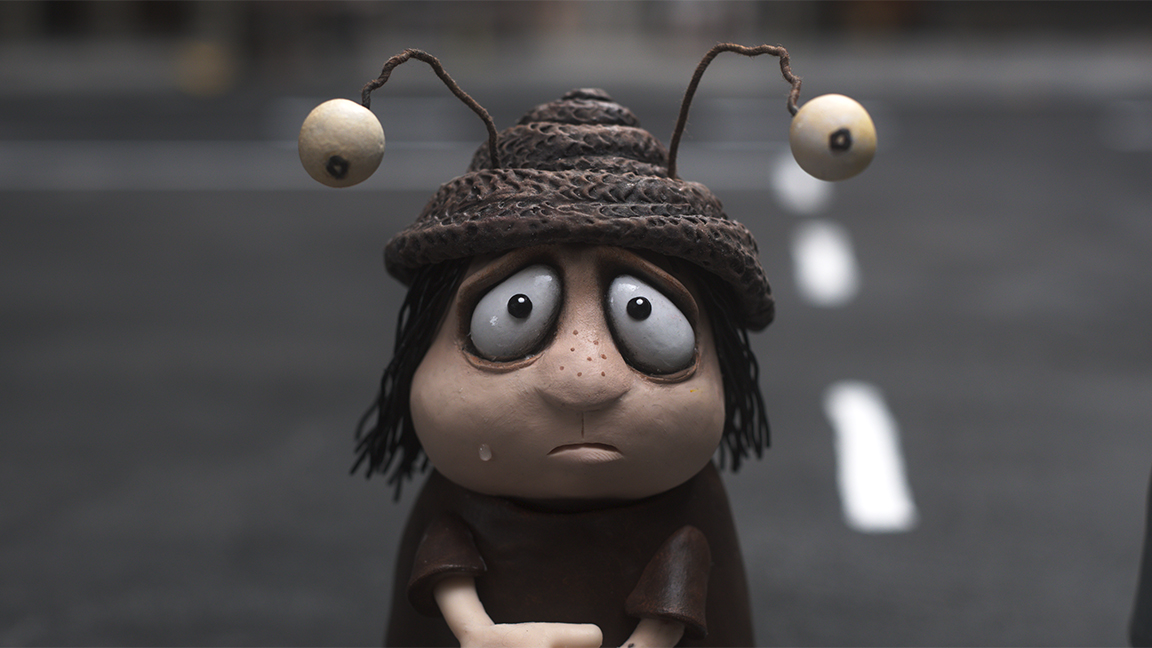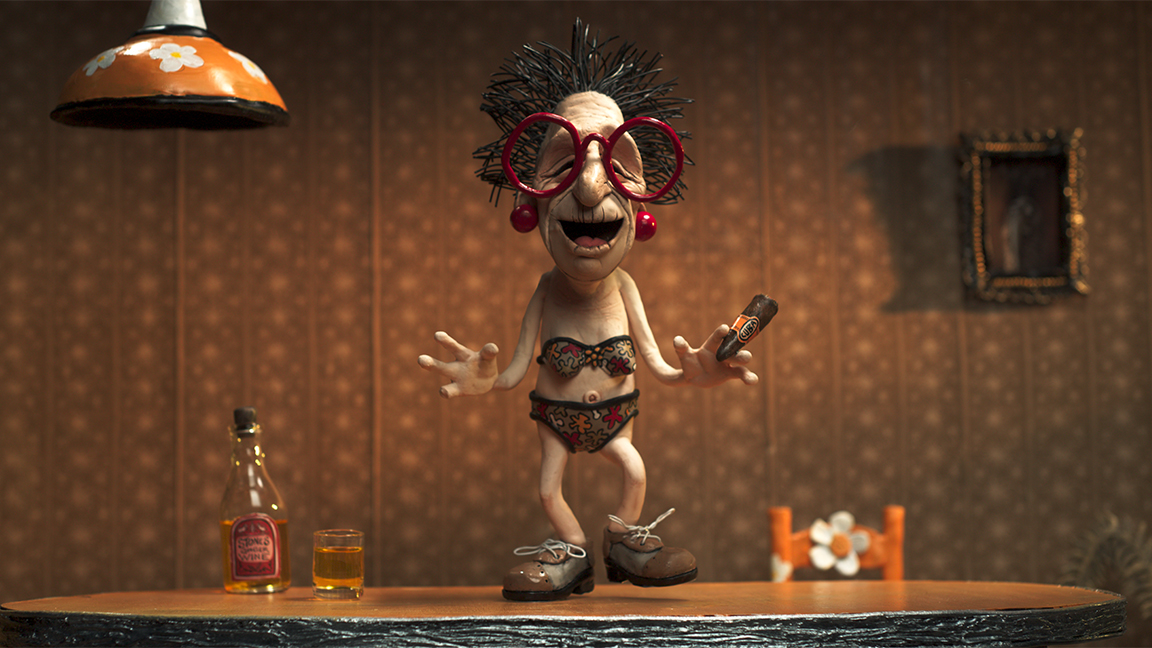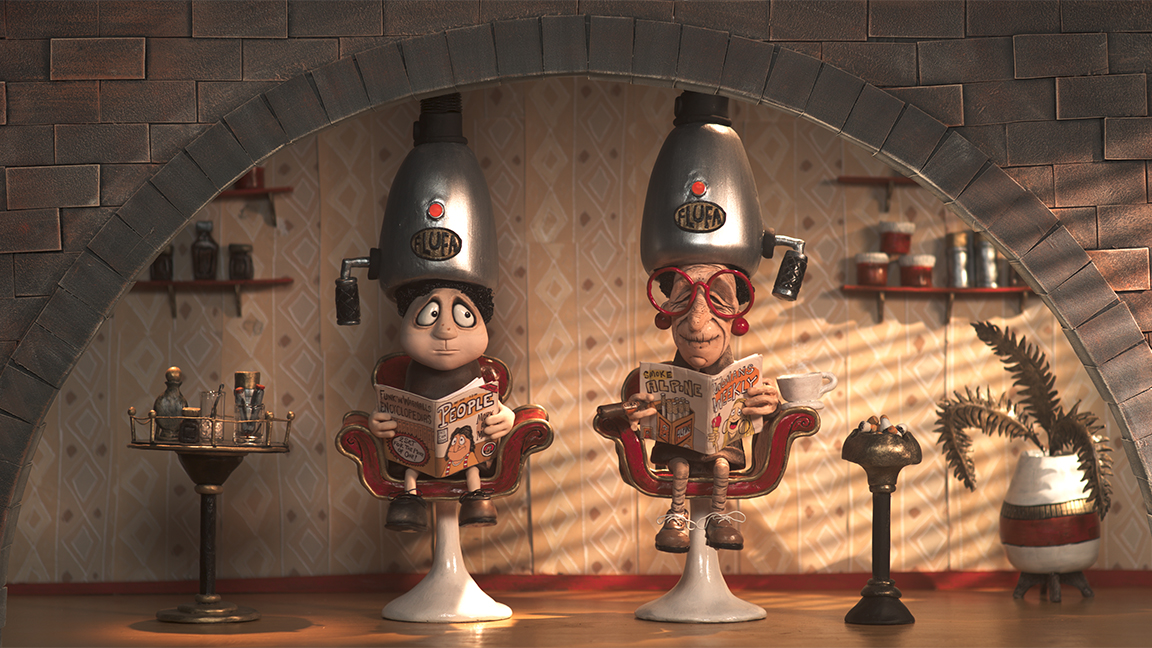
Memoir of a Snail, written and directed by Adam Elliot, swept top honours with its Annecy Cristal win for Best Animated Feature and was further celebrated at the BFI London Film Festival where it picked up the Best Film accolade.
Known for his quirky and poignant storytelling, Elliot invites audiences into a darkly humorous tale of a lonely, snail-collecting misfit, capturing hearts with a style both enchanting and unconventional while showcasing the transformative power of stop-motion animation.
Graded and finished in DaVinci Resolve, by Colorist Deidre (Dee) McClelland CSI, the work on Memoir of a Snail amplifies the film’s emotional resonance, weaving colour and texture into the stop-motion world to reflect each character’s journey.
Below, McClelland discusses her creative process, from collaborating with Adam Elliot to finding the perfect balance of light and shadow, while using one of the best video editing softwares.
What initially attracted you to the project?
Deidre McClelland: I had worked with Adam Elliot on previous films and it was an honour that he sought me out to complete this one too. Adam has a way of laying out his vision with clarity and precision. He’s a professional in every sense, his planning meticulous, his colour palette carefully chosen, and every scene’s emotional intent mapped out in detail.
Collaborating with someone as thorough as Adam means you don’t just learn the aesthetic they aim for – you almost start to anticipate it. A tour of the studio where I was able to see the characters and props helped me to understand the direction of the film along with a very comprehensive storyboard and a specific colour palette for each scene and location that the film was based.

CB: How did you use colour to enhance the storytelling?
DM: Adam’s vision for Memoir of a Snail was incredibly specific, with each location crafted to reflect Grace’s memories and emotions as the story moves through Melbourne, Perth, Canberra, and even Paris. Each city carried its own unique palette, mood, and meaning. Paris, for instance, was portrayed as warm and nostalgic, a memory from Grace’s parents’ past as she imagines it. To create this, we used a soft-edged vignette, giving Paris an almost sepia-toned warmth, contrasting with Melbourne’s muted, gray tones that reflect Grace’s more subdued emotional state.
The romantic scenes between main character Grace and her love interest Ken had a specific look which was also captured through the lens. However, some of the shots didn’t have the intended filtration. I was able to emulate this in-camera look by using some of DaVinci Resolve’s FX tools. While we used the blur tools and soft edged vignettes to get the romantic look, we also chose to enhance the red items in the shot such as the hearts and saveloys they’re eating with some tracking, keying and colour warping.
Another element I loved working on was Pinky, a touch of colour and brightness in Grace’s life. We wanted her red glasses and her presence in Grace’s scenes to be a bit more vibrant, cheerful and full of life. For this, I used selective color keys and curves to ensure her glasses and any props around her retained a rich pop of colour. It was subtle work, but the result gave Pinky’s character a distinct visual voice, adding warmth to Grace’s life story.

CB: Were there any creative challenges you had to overcome in the grade?
DM: Some challenges were particularly satisfying to resolve. In one scene, two characters are connected to an electrical device meant to “cleanse” them of their demons, but the intended in-camera electrical flashes didn’t all register clearly. In the grade, I replicated the effect by layering overexposed nodes and using random, controlled transparency, guided by the soundtrack. This workaround in DaVinci Resolve saved production the cost and time of redoing the VFX and added a realistic, electric charge to the scene.
CB: How did you manage the grade around other components such as VFX?
DM: Consistency was key to managing the look and feel across departments. The Soundfirm team played a significant role here, making sure the colour space remained consistent as we sent and received shots from VFX vendors. With constant updates and close coordination, we kept everything on schedule despite the inevitable last-minute changes.
DaVinci Resolve was invaluable throughout. As updates rolled in from other departments, Resolve allowed me to keep working on the grade without interruption, which helped us stay on schedule. From our P3 DCP final to HDR and SDR Dolby tone-mapped versions, Resolve facilitated every deliverable, making the entire process efficient.

Inspired by Deidre (Dee) McClelland's work, then read our insightful feature in how Blackmagic's software was also used on new indie horror film The Curse of the Sin Eater.







